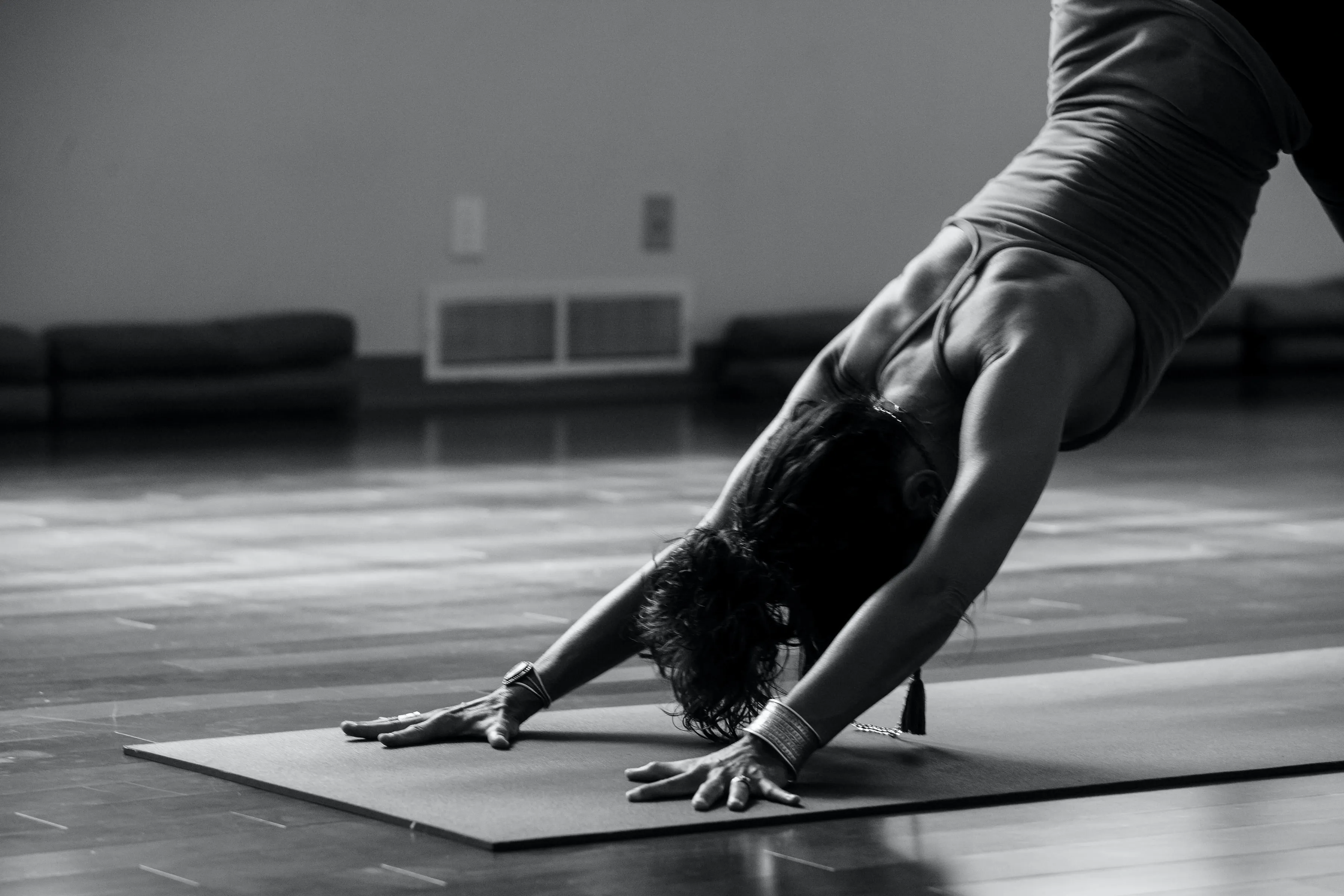The Best Exercise to Lower Your Blood Sugar: Isometrics
As a diabetic and certified yoga therapist with over three decades of practice, study, and teaching, I emphasize the importance of spanda in yoga practice. This concept, derived from the Vedic texts and Upanishads, involves simultaneously hugging the muscles and reaching out with awareness during practice.
Recent studies highlight the efficacy of isometric exercises, which involve contracting muscles without movement. A British study found that isometric exercises, especially beneficial for those with hypertension, were more effective than activities like jogging and lifting weights. For maximum benefit in any yoga pose, incorporate isometrics—hugging and reaching out at the same time.
New research shows that quick bursts of exercise, such as speeding up your walk or vigorously carrying groceries, can significantly benefit overall health.
What are the best isometric exercises for lowering blood sugar and blood pressure?

Isometric exercises are particularly effective at lowering blood pressure. These exercises, like wall squats and planks, involve holding your body still while tensing your muscles. Other examples include squeezing a handgrip, holding a leg extension machine in place, and wall squats, which don’t require any equipment.
Despite appearing easy, isometric exercises can be intense, especially with hyperbolic and isometric stretches found in yoga. For isometrics, you hold yourself in place, squeezing and breathing deeply. A 15-minute routine you can add to your regular workout includes a two-minute wall squat, followed by two minutes of rest, repeated four times. Stay at the same squat height for all four rounds, increasing the challenge with each repetition. The first round should feel like exerting yourself at a level of four out of ten, with ten being the maximum effort. By the last round, you should feel reasonably exhausted.
Always be aware and be sure to breathe, especially while you exercise. This enables nutrients and oxygen to reach your muscles and improves your metabolism. (And, it makes any exercise into yoga.)
Researchers aren’t entirely sure why isometric exercises are so practical for combating hypertension. One prominent theory is that when you clench your muscles without moving, the local blood vessels around them compress. Then, when you release, blood flushes back, causing the vessels to widen or dilate if you perform the exercise frequently enough, in a way they don’t during a dynamic exercise like a run. This change can be critical because, over time, high blood pressure can stiffen our arteries and prevent them from dilating correctly, restricting the amount of oxygen-rich blood they deliver.
The study doesn’t mean you should not do warm-ups and cardio. Don't go straight for wall squats; isometric exercise should complement, not replace, cardio or weight lifting. If you have any underlying medical conditions, you should consult your doctor to ensure that isometric exercise is safe.
Conclusion
Isometric exercises can significantly impact blood pressure and blood sugar, making them perfect for those with chronic conditions, including diabetes. Isometrics, including yoga stretches and wall squats, can be a heart-healthy addition to your workout. They require your willpower, body, and breath. If you are looking for a heart-healthy addition to your workout, consider the isometrics of yoga with stretches and, last but not least, the humble wall squat. The limiting factor in exercising is willpower, not time.
As a certified yoga teacher and coach, I help you with your yoga techniques, motivation, and willpower. Schedule a session with me to start your journey.
Stay healthy and safe in all ways! Click below to start your journey.
Karin, Diabetic, Health Coach, and Business Consultant


















